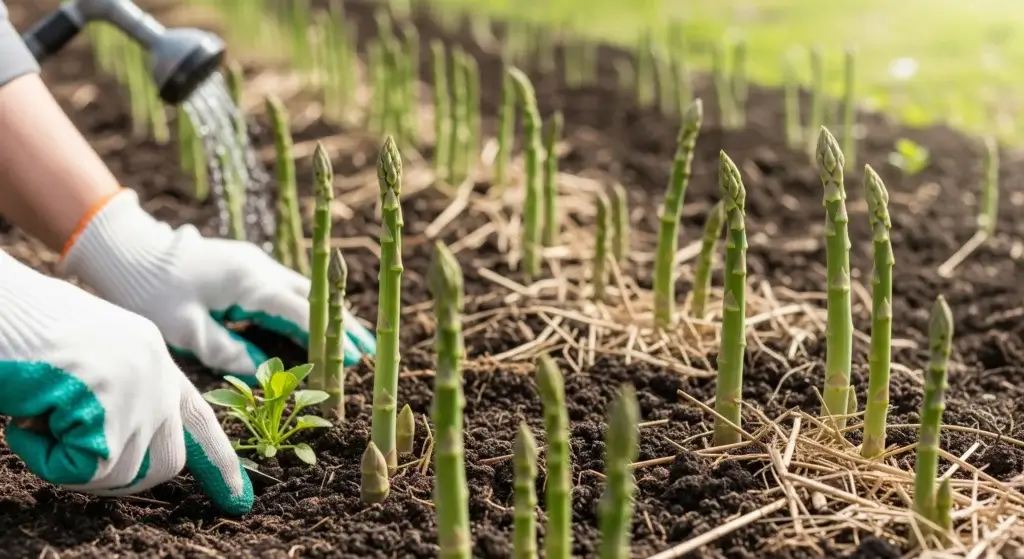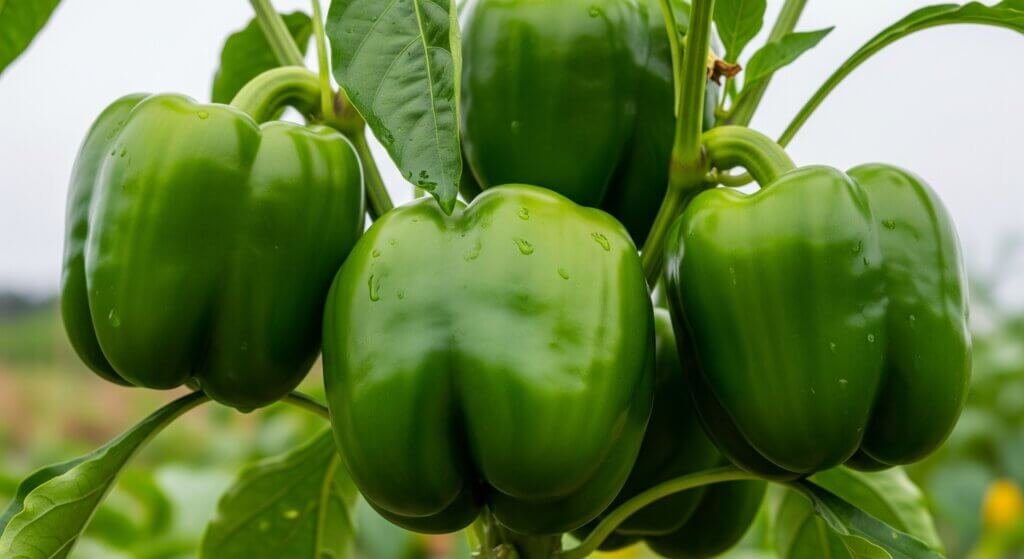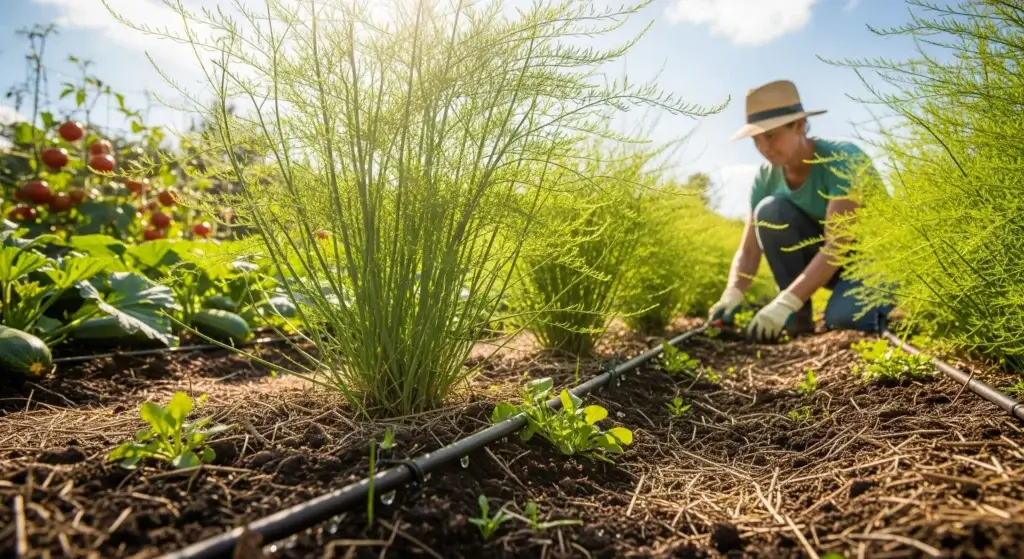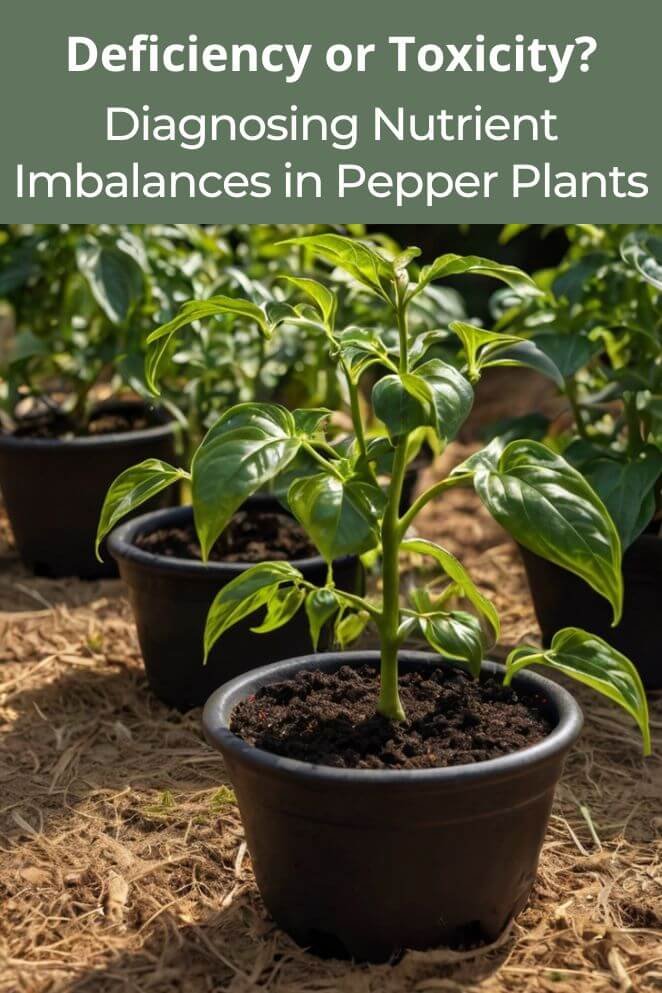
Pepper plants are a favorite among home gardeners and commercial growers alike.
However, they can be highly sensitive to nutrient imbalances, which can lead to poor growth, low yields, or even plant death.
Understanding the difference between nutrient deficiencies and toxicities is crucial for maintaining healthy plants.
In this guide, we’ll discuss common nutrient issues in pepper plants, how to diagnose them, and the best ways to correct and prevent imbalances.
Common Nutrient Deficiencies and Their Symptoms
Nutrient deficiencies occur when plants don’t receive enough of a particular nutrient, leading to stunted growth and visible symptoms.
Here are the most common deficiencies in pepper plants:
Nitrogen (N)
- Symptoms: Yellowing of older leaves, slow growth, weak stems.
- Importance: Nitrogen is essential for leafy growth and overall plant vigor.
Phosphorus (P)
- Symptoms: Dark green or purple-tinged leaves, slow root and flower development.
- Importance: Phosphorus supports root growth and flower production.
Potassium (K)
- Symptoms: Brown scorching along leaf edges, weak stems, reduced fruit size.
- Importance: Helps with water regulation and disease resistance.
Calcium (Ca)
- Symptoms: Blossom end rot in fruits, distorted new leaves.
- Importance: Crucial for cell wall strength and overall plant structure.
Magnesium (Mg)
- Symptoms: Yellowing between leaf veins, starting with older leaves.
- Importance: Needed for chlorophyll production and photosynthesis.
Micronutrients (Iron, Boron, Zinc, etc.)
- Symptoms: Pale new growth (iron), poor fruit set (boron), or small leaves (zinc).
- Importance: Micronutrients play vital roles in plant metabolism and enzyme functions.
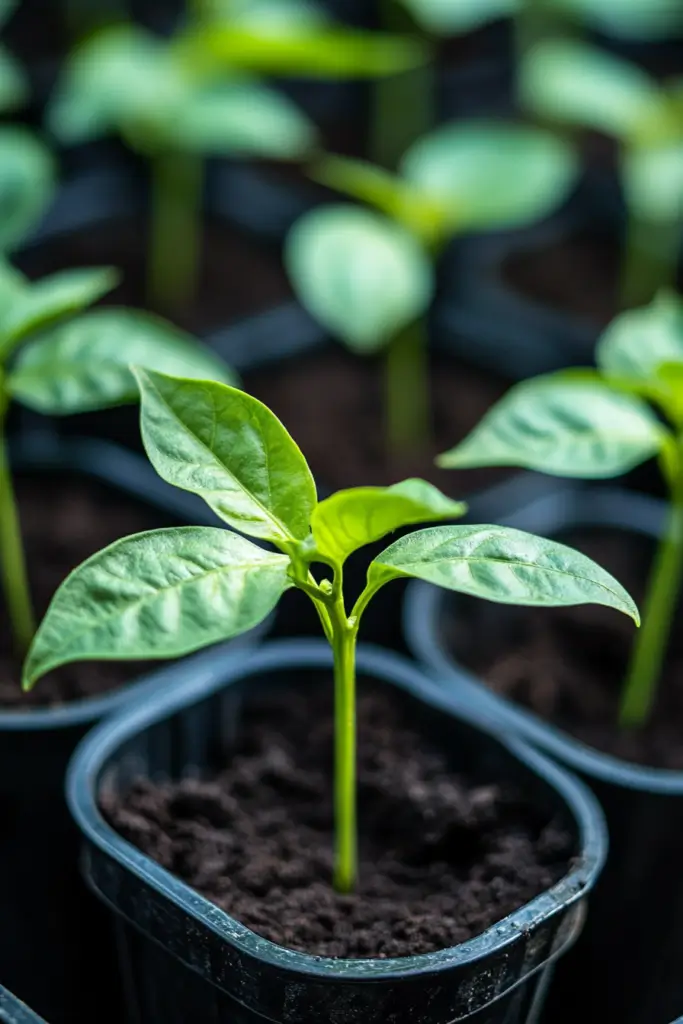
Diagnosing Nutrient Imbalances
If your pepper plants aren’t thriving, it’s important to figure out whether the issue is due to a nutrient deficiency or toxicity.
Here’s how to identify and address the problem:
Inspect plants for visual symptoms
Start by closely examining your plants.
Look at the color and shape of the leaves, as well as the overall growth.
Compare what you see to known deficiency charts to help pinpoint the issue.
For example, yellowing leaves might indicate a nitrogen deficiency, while brown edges could suggest a potassium problem.
Rule out pests and diseases
Sometimes, nutrient problems can look similar to pest or disease damage.
Before jumping to conclusions, check for signs of insects, fungal infections, or root rot.
Addressing these issues first can save you from misdiagnosing the problem.
Test soil for pH and nutrient levels
A soil test kit is a valuable tool for diagnosing nutrient imbalances.
Measure the pH and nutrient levels in your soil, as peppers prefer a slightly acidic pH range of 6.0–6.8.
If the pH is off, it can affect how well your plants absorb nutrients, even if they’re present in the soil.
Use crop monitoring tools
For a more precise diagnosis, consider using digital sensors or leaf analysis tools.
These can provide real-time data on nutrient uptake and help you identify imbalances more accurately.
This approach is especially useful for larger gardens or farms.
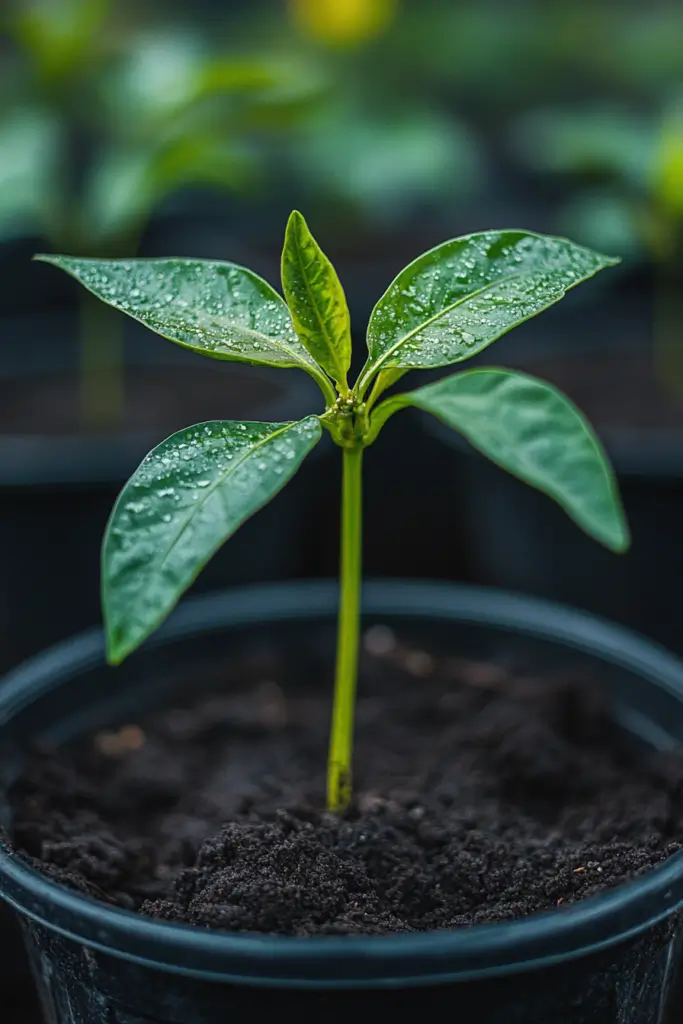
Fixing Nutrient Imbalances
Once you’ve identified a nutrient deficiency or toxicity in your pepper plants, it’s time to take action to restore balance.
Here are some practical solutions to get your plants back on track:
Soil amendments
Adding the right nutrients to your soil can address specific deficiencies:
- Nitrogen deficiency: Apply compost, manure, or a balanced fertilizer to boost growth and green up leaves.
- Phosphorus deficiency: Use bone meal, rock phosphate, or a high-phosphorus fertilizer to support root and flower development.
- Potassium deficiency: Add wood ash, potassium sulfate, or kelp meal to improve overall plant health and fruit quality.
- Calcium deficiency: Incorporate gypsum, lime, or crushed eggshells to strengthen cell walls and prevent issues like blossom end rot.
- Magnesium deficiency: Use Epsom salt (magnesium sulfate) to help with chlorophyll production and leaf health.
Natural Solutions
Long-term soil health is just as important as quick fixes.
Here are some natural ways to maintain nutrient balance:
- Crop rotation: Rotate your crops each season to prevent soil depletion and reduce the risk of nutrient imbalances.
- Mulching: Use organic mulch like straw or compost to retain moisture, regulate soil temperature, and slowly release nutrients.
- Cover crops: Plant cover crops like clover or legumes to improve soil fertility and structure over time.
Foliar Feeding (Quick Fix)
When your plants need immediate help, foliar sprays can deliver nutrients directly to the leaves for fast absorption:
- Nitrogen: Use a diluted fish emulsion spray to green up leaves quickly.
- Magnesium: Mix 1 tablespoon of Epsom salt per gallon of water and spray on leaves to address yellowing.
- Iron: Apply a chelated iron spray to correct iron deficiencies and improve leaf color.
Prevention Tips
Preventing nutrient imbalances is much easier than fixing them later.
By following these best practices, you can keep your pepper plants healthy and thriving for the long term:
Healthy soil
Healthy soil is the foundation of strong plants.
Here’s how to maintain it:
- Regularly add compost or well-rotted manure to enrich the soil with nutrients.
- Keep the soil pH balanced between 6.0 and 6.8, as peppers grow best in slightly acidic conditions.
Proper watering
Watering the right way ensures your plants get the moisture they need without losing nutrients:
- Avoid overwatering, which can wash away essential nutrients from the soil.
- Use mulch to help retain moisture, regulate soil temperature, and prevent rapid drying or waterlogging.
Regular feeding
Pepper plants need consistent nutrition to grow well. Here’s how to feed them properly:
- Use balanced fertilizers designed for pepper plants to provide the right mix of nutrients.
- Opt for slow-release organic fertilizers to give your plants a steady supply of nutrients over time.
Crop rotation
Rotating crops helps keep your soil healthy and productive:
- Avoid planting peppers in the same spot year after year to prevent nutrient depletion and disease buildup.
- Rotate with other crops, like legumes or leafy greens, to restore soil nutrients and break pest cycles.
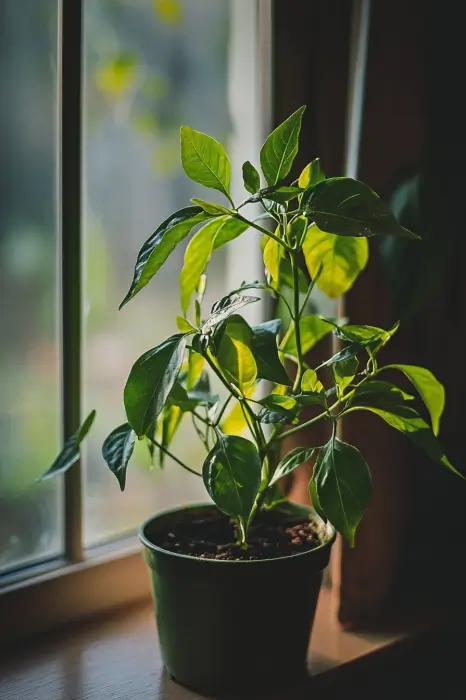
Final Thoughts
Pepper plants thrive when they receive the right balance of nutrients.
By understanding deficiencies and toxicities, diagnosing symptoms accurately, and using proper soil management practices, you can ensure a bountiful harvest.
Regular monitoring, soil testing, and sustainable growing methods will keep your pepper plants healthy and productive season after season.

